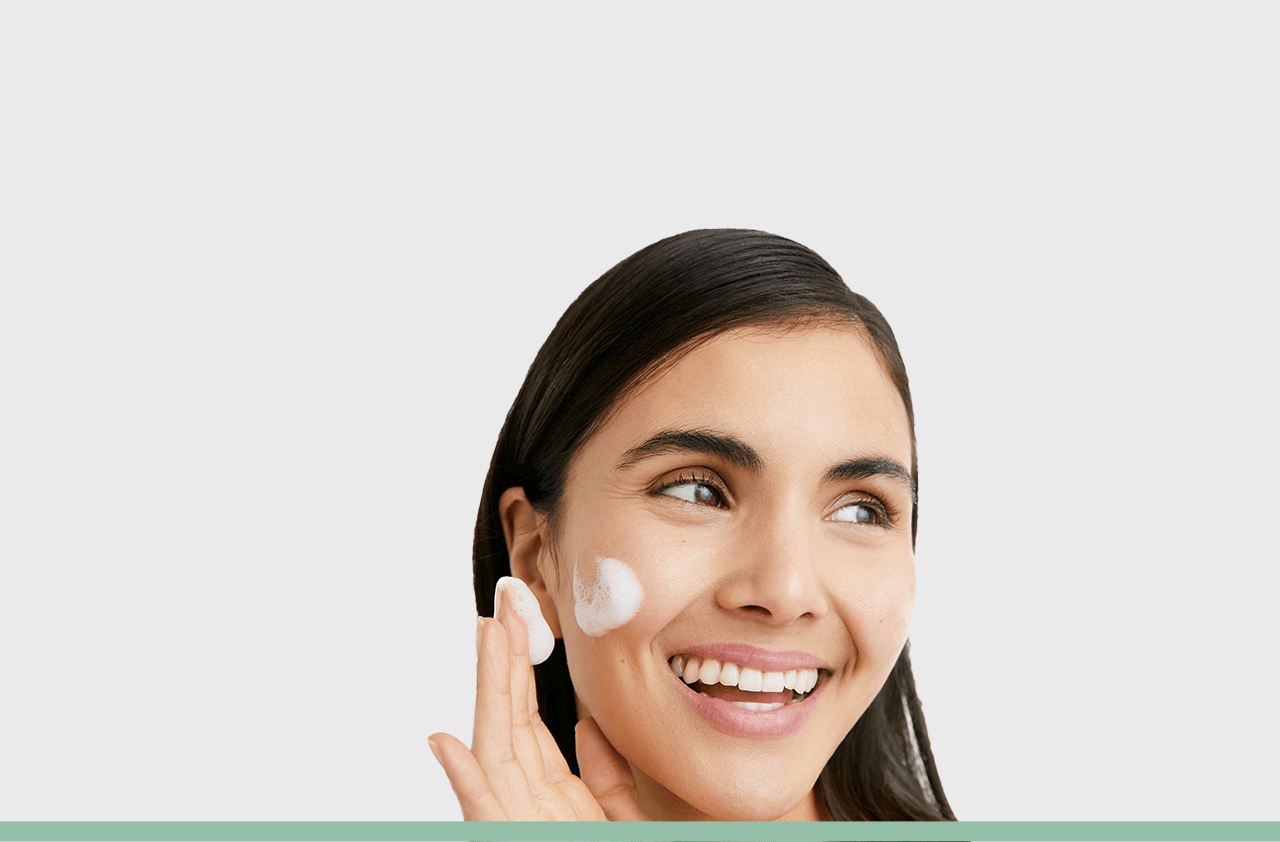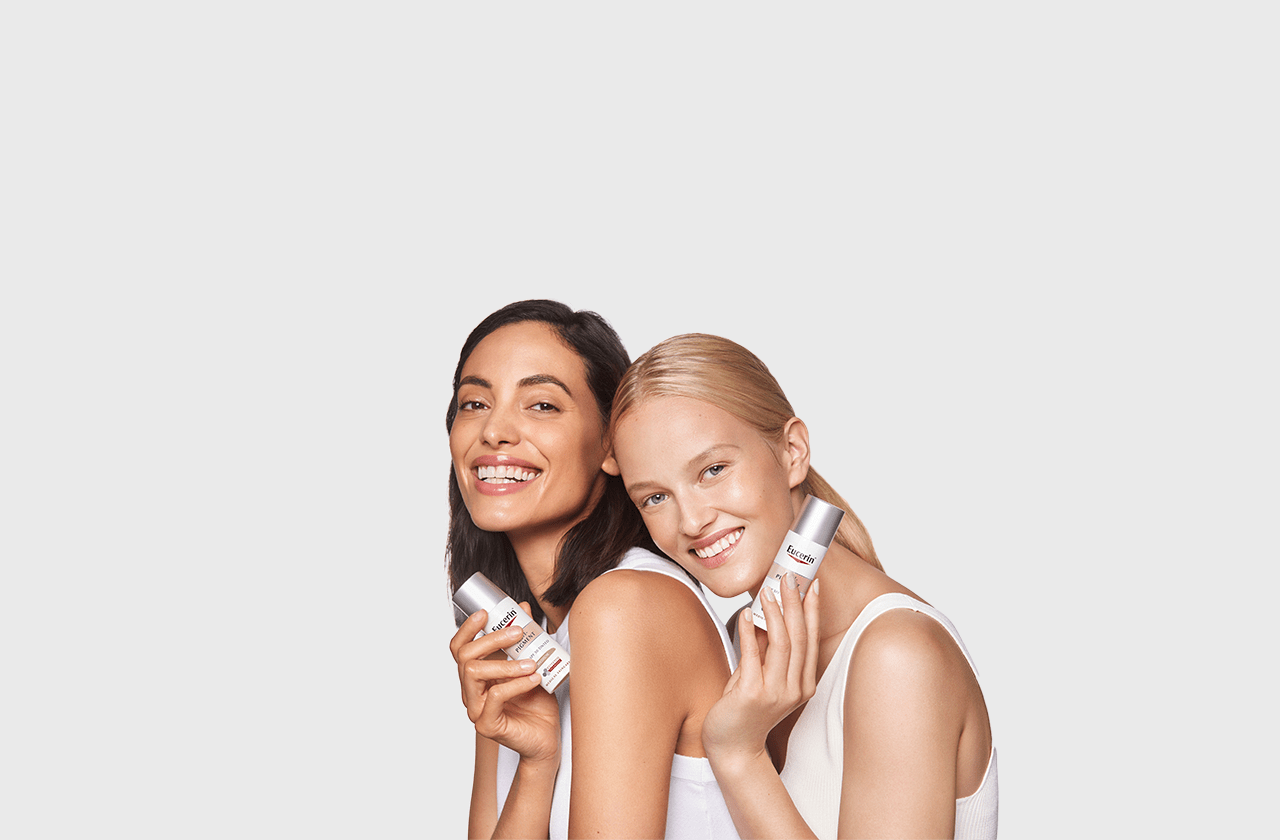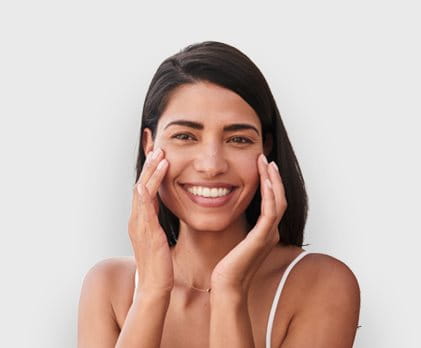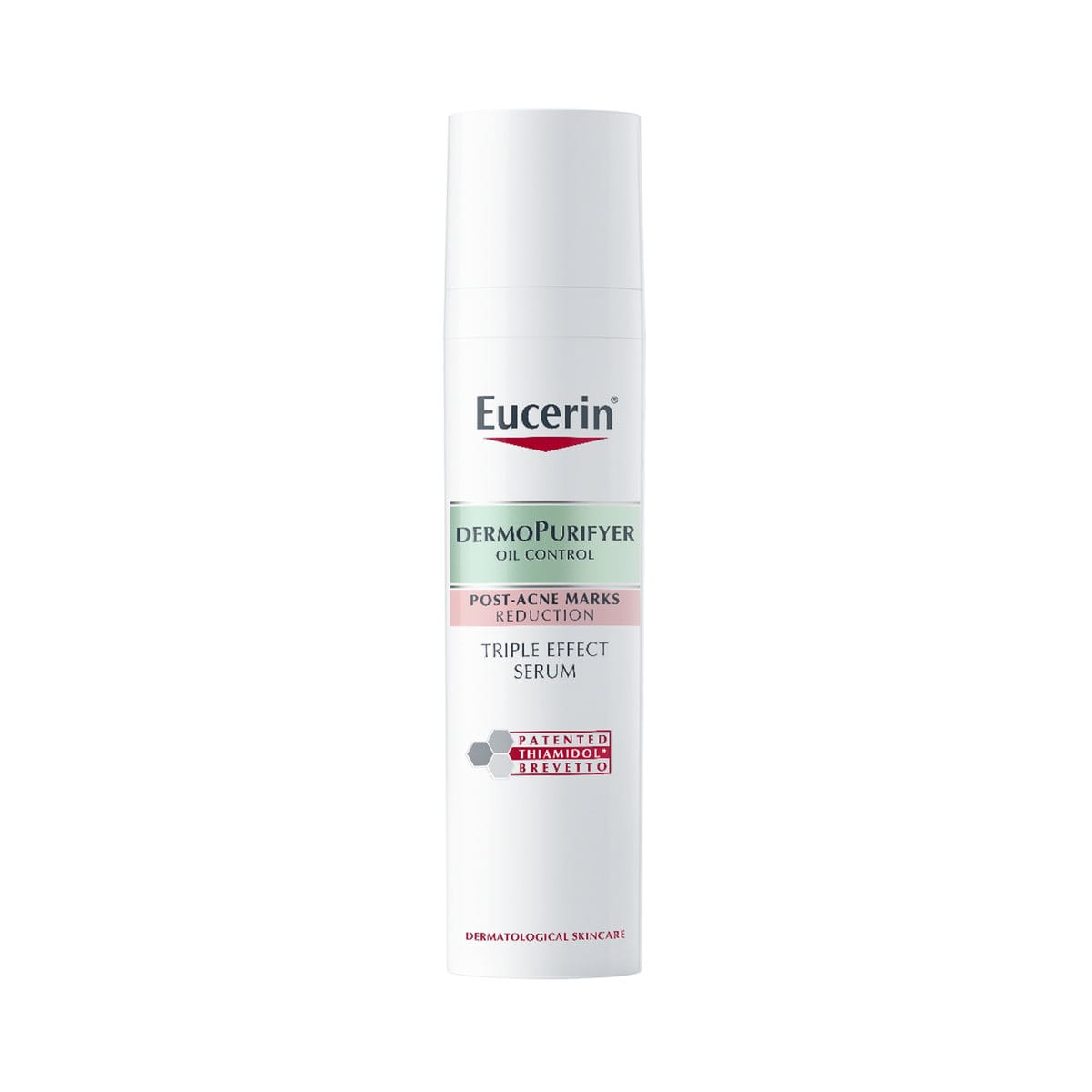Keynotes:
- Excessive sebum or oil, sweat, dead skin, clogged pores, tight clothing, and poor hygiene are some of the common bacne causes.
- To treat bacne and fade scars, use salicylic acid or benzoyl peroxide washes, and exfoliants like glycolic acid or retinoids.
- Professional options like chemical peels, laser therapy, or microneedling can help with stubborn marks.
- Prevent future breakouts with breathable fabrics, regular showers post-sweat, and non-comedogenic products.





